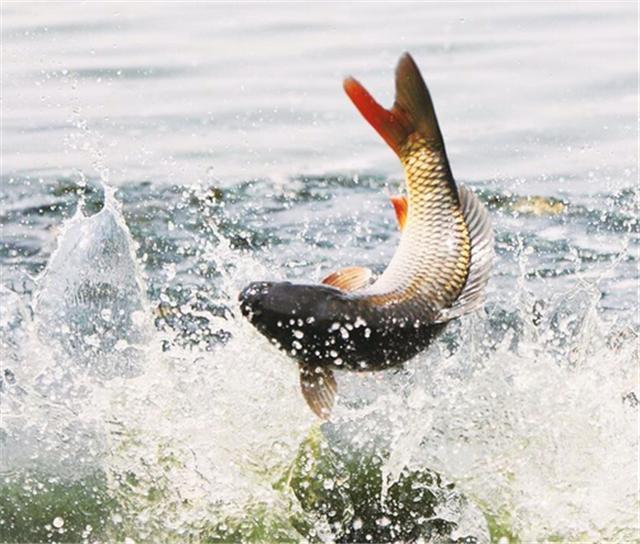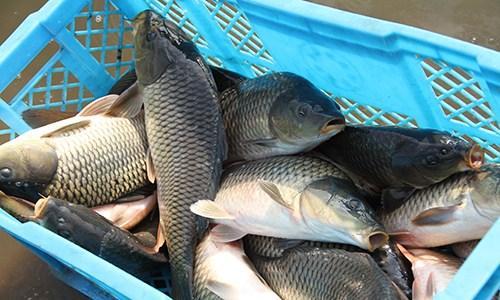① Wild carp are naturally timid, greedy and suspicious by nature, and are very vigilant.
② Wild carp have the habit of foraging on the bottom of the arch. This is because his snout is relatively long and flexible, so he will dig holes in the mud, arch open the mud, and find something to eat.
③ Carp likes running water, but are naturally alert, they will flee immediately when there is movement, and hide in deep water or places with many obstacles.

These are the major habits of carp: timid, greedy, alert, like running water, and foraging at the bottom.
How do we choose fishing spots by grasping these habits?
① Seize the habit of being timid and alert. When we choose a fishing spot, try to choose a quiet place. Or a place where there are many obstacles and it is easy to hide.
② Grasp the habit of foraging at the bottom of the arch. When we choose fishing spots, try to choose places with turbid water quality. Especially those waters that are noticeably cloudier than other places, or waters that are suddenly cloudier. Basically, there are carp foraging under the ground.
③ Grasp the habit of gluttony like living water. When we choose a fishing spot, the water inlet and outlet can be said to be very good fishing spots.
The selection of fishing spots for carp fishing can be summed up as follows: quiet, food, turbid water, live water, and obstacles. If you can find a fishing spot that meets these points at the same time, then you can wait for the explosion protection. .
Choose a fishing spot, how do we fish
① nest material. If you want to lure fish first, it is indispensable to make a nest, especially for big carp. For carp fishing, we basically choose fermented corn or sweet corn grains and other grains for nesting. Because carp is greedy and has a large appetite, the amount of nest feed should not be too small, and start with one to two pounds at a time.
② bait. We can choose corn, earthworms, and commercial bait as bait. When using commercial bait, you must not use a bait with a large taste, because carp is suspicious by nature, and a large taste will make it vigilant and dare not take the hook. So try to use natural grain-flavored bait.
③The carp needs to be caught. As mentioned above, carp are naturally timid and suspicious by nature. Therefore, carp eating bait is often a test of advanced nature, especially when using commercial bait, the carp will first suck the bait into the mouth, and then spit it out, reciprocating many times, also called baiting. If it feels right and there is no problem, it will really swallow the bait. Therefore, when fishing for carp, the mouth is very slow, and it is better to rub the bait and keep fishing.

How to adjust the drift for carp fishing
Wild carp foraging at the bottom, suspicious by nature, have the habit of testing the bait to rinse the bait. Therefore, for carp fishing, we mainly focus on blunt fishing, try to let the two hooks lie on the bottom, and the sub-line is slightly bent. The advantage of blunt fishing is that it can relax the vigilance of the carp. It can also fully filter out the carp test bait, these small actions of rinsing the bait, and the effective drifting of the main fish to eat, are basically the drifting pictures of jogging, sinking, and black drifting. The hit rate is as high as 80 percent.
For carp fishing, as long as you grasp these habits of it, choose a fishing method reasonably according to its habits, and adapt in time, it will be much easier to fish. In fact, the same is true for other species of fish. If you want to catch a good fish, you need to fully understand the habits of the fish first. Only by taking the right medicine, you will have a good harvest.